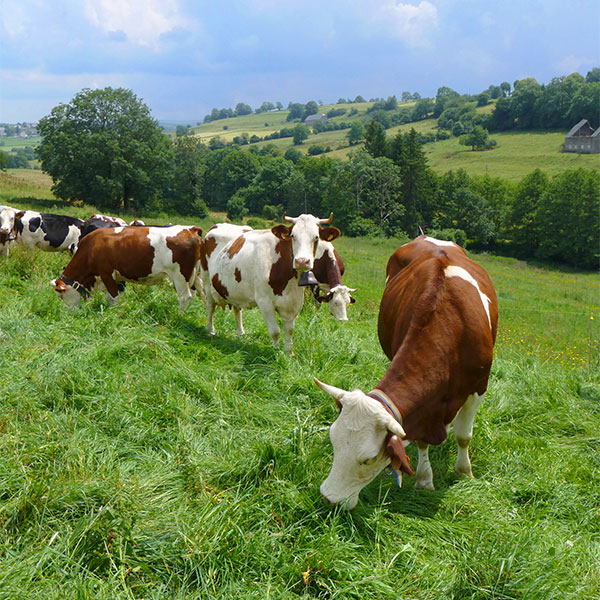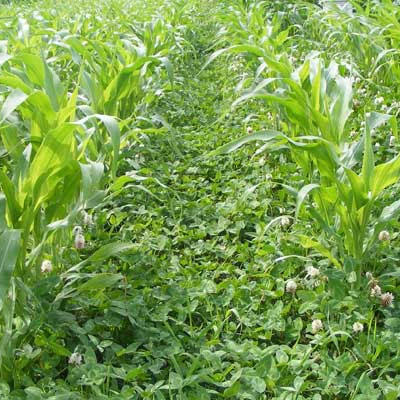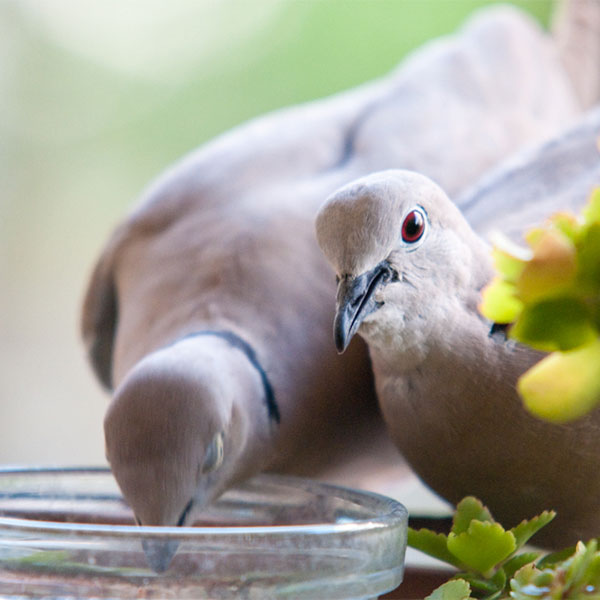CLOVER
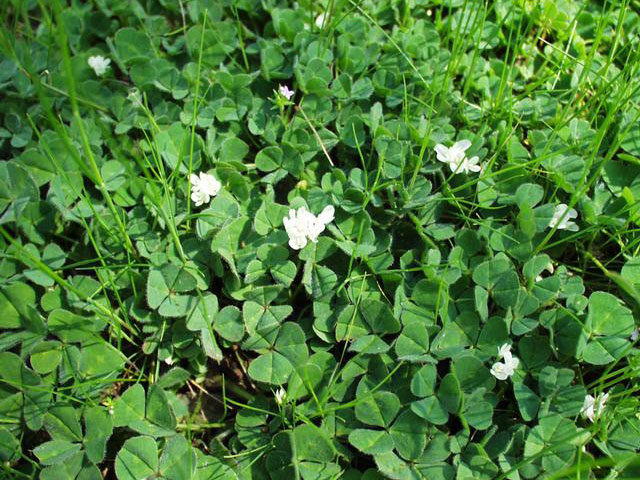
CLOVER
Leguminosae
The plant is mostly annual or biennial and in some cases it is pluriannual; its height is normally around 30cm.
Like many other leguminosae, the clover contains symbiotic bacteria in its roots that can fix atmospheric nitrogen; it is therefore used in crop rotation to improve soil fertility. Many species of clover are remarkably rich in protein and they are grown as forage for livestock.
Types
EGYPTIAN CLOVER
(Trifolium alexandrinum)
This is an annual legume, not very resistant to the cold but resistant enough to drought. It prefers warm temperate climates with very mild winters, rich, loose and moist soil.
It adapts well to clay soil that is of medium texture and light as long as as it is not acidic (between pH6 and 8). It is generally used in its pure form but it can also be combined with other species.
Suitable for grazing, green fodder and hay.
Characteristics:
| Characteristics | Annual – Upright – Tall, medium height – Ability to regrow |
|---|---|
| Climate Adaptability | Tropical, Subtropical – Mediterranean – Warm temperate |
| Climate Resistance | Hot, humid |
| Soil Adaptability | Light, sandy – Heavy, clay soil – Calcareous |
| Areas of Cultivation | North and South: Plains |
| Use | Hay |
| Seeding Dose | 20-30 Kg/Ha |
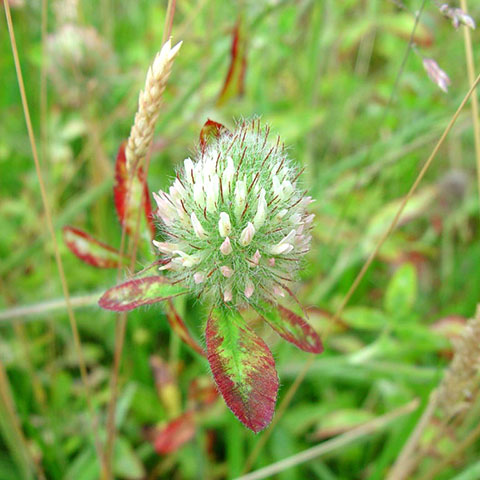
MIRIAM Variety
WHITE CLOVER
(Trifolium bianco repens)
This is a perennial and spontaneous plant with creeping stems on the ground and nodes on its roots. In its tiny form, it has small or medium-sized leaves and it is an excellent plant to use for pasture in temperate and humid climates.
It tolerates the winter cold but not high temperatures or water scarcity.
It prefers fresh soil with a good water supply (because of its shallow root system). It adapts well to both acidic and alkaline soil (between pH5 and 8).
Excellent resistance to trampling which means good resistance to pasture.
Its creeping tendency limits the spread of weeds ensuring excellent-quality forage.
Characteristics:
| Characteristics | Perennial – Stoloniferous – Low stature – Ability to regrow and combine with other plants |
|---|---|
| Climate Adaptability | Mediterranean – Cool temperate |
| Climate Resistance | Cold, damp |
| Soil Adaptability | Light, sandy – Heavy, clay soil – Calcareous – Damp – Acidic |
| Areas of Cultivation | North: Mountains and plains; South: Mountains and plains |
| Use | Pasture – Anti-erosion |
| Seeding Dose | 25-30 Kg/Ha |
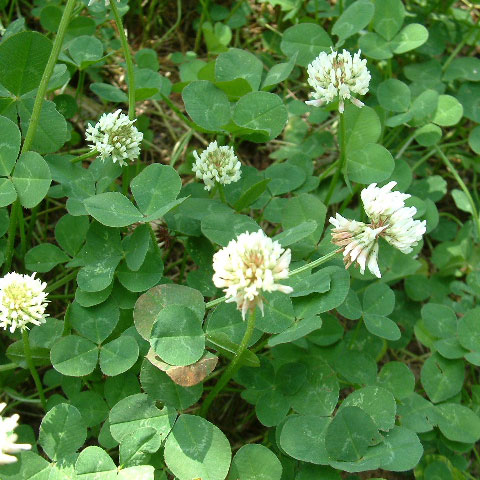
ALSIKE CLOVER
(Trifolium hybridum)
This is a perennial legume with a taproot system. Its cultivation lasts 2-3 years, it prefers cold climates, during which it replaces the red clover and adapts to many soil types, preferring compact and very moist types.
It is a forage plant that can adapt both to cutting and pasture.
Characteristics:
| Characteristics | Biennial – Climbing tendency |
|---|---|
| Climate Adaptability | Warm, cool and temperate |
| Climate Resistance | Cold and damp |
| Soil Adaptability | Heavy, clay soil – Calcareous – Superficial, humid – Alkaline |
| Areas of Cultivation | North: Mountains and plains |
| Use | Haymaking or pasture |
| Seeding Dose | 30-35 Kg/Ha |
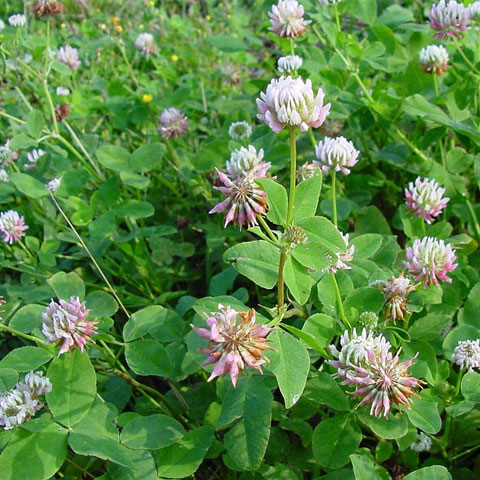
CRIMSON CLOVER
(Trifolium Incarnatum)
Caespitose plant with a taproot system and twisted stalk that can reach a height of 80cm. Depending on climatic conditions, it is sown from summer to autumn and even in winter. It resists cold well, but in northern regions and areas with clay soil, it may be severely damaged by frost eradication, especially if sown late.
Crimson clover is an interesting plant for loose, dry soil which is deficient in limestone, where vetch and pea typically perform rather poorly.
Green fodder does not cause bloat.
Characteristics:
| Characteristics | Annual – Upright – Tall – Ability to combine with other plants |
|---|---|
| Climate Adaptability | Mediterranean – Warm temperate |
| Climate Resistance | Hot – humid and dry |
| Soil Adaptability | Heavy, clay soil – Light, sandy |
| Areas of Cultivation | North: plains – South: mountains and plains |
| Use | Pasture, hay, silage |
| Seeding Dose | 30-35 Kg/Ha |
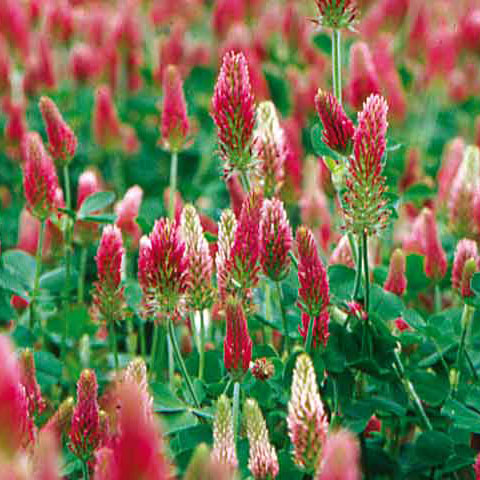
GIANT CLOVER
(Trifolium repens varo giganteum)
Special ecotype, picked in the Po Valley, also known as Ladino.
It is suitable for temperate humid climates and prefers loose, light soil, which contains sufficient limestone, not necessarily deep as long as it is irrigated.
White clover is the most adaptable of clovers and because of this, it is very important for improving pastures or planting grazing meadows. Its place in the crop rotation cycle is between wheat and rice.
The white clover’s mowable forage consists exclusively of leaves and inflorescences with their stems: it is therefore very watery, but also very easy to digest.
Characteristics:
| Characteristics | Perennial – Stoloniferous – Medium height – Ability to regrow and combine with other plants |
|---|---|
| Climate Adaptability | Mediterranean – Warm temperate |
| Climate Resistance | Cold, damp |
| Soil Adaptability | Light, sandy – Heavy, calcareous clay – Superficial, damp – Acidic |
| Areas of Cultivation | North: plains |
| Use | Pasture and hay |
| Seeding Dose | 20-30 Kg/Ha |
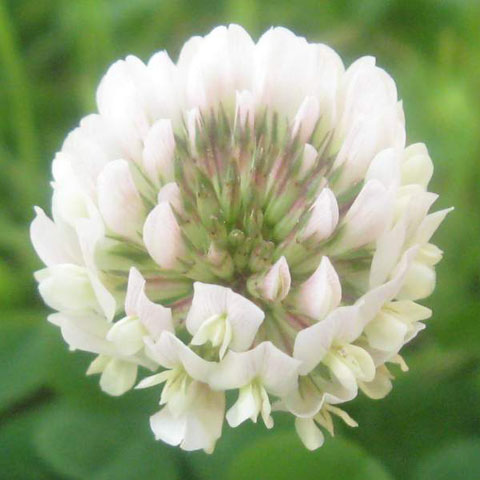
RED CLOVER
(Trifolium pratense)
Pluriannual legume, it adapts well to cool temperate climates because it is resistant to the cold, while sufficient soil moisture is required in dry temperate climates.
It is used for monophyte lawns (lasting 2 economic years) but also mixed with poaceae and other leguminous forage crops.
It is used for producing hay, pasture or silage.
Excellent forage quality.
Characteristics:
| Characteristics | Biennial – Upright – Tall, medium height – Ability to regrow and combine with other plants |
|---|---|
| Climate Adaptability | Mediterranean – Warm and cool temperate |
| Climate Resistance | Cold, hot and humid |
| Soil Adaptability | Loose, sandy – Heavy, clay – Calcareous |
| Areas of Cultivation | North: Mountains and plains |
| Use | Pasture – Hay – Silage |
| Seeding Dose | 25-35 Kg/Ha |
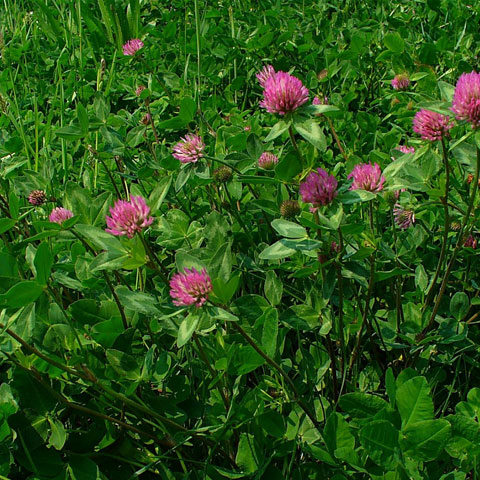
SUBTERRANEAN CLOVER
(Trifolium subterraneum)
This annual leguminous plant has stems that form a dense bed of vegetation that matures the seed in the soil or underneath the base of the plant (hence its name).
It is suitable for warm temperate climates with damp and moderately cold winters.
Characteristics:
| Characteristics | Annual – Prostrate – Low stature – Used in combinations |
|---|---|
| Climate Adaptability | Tropical and subtropical – Mediterranean – Warm temperate |
| Climate Resistance | Hot – humid – dry |
| Soil Adaptability | Light, sandy – Calcareous |
| Areas of Cultivation | North: plains – South: mountains and plains |
| Use | Pasture – Anti-erosion |
| Seeding Dose | 8-10 Kg/Ha – Self-reseeding |
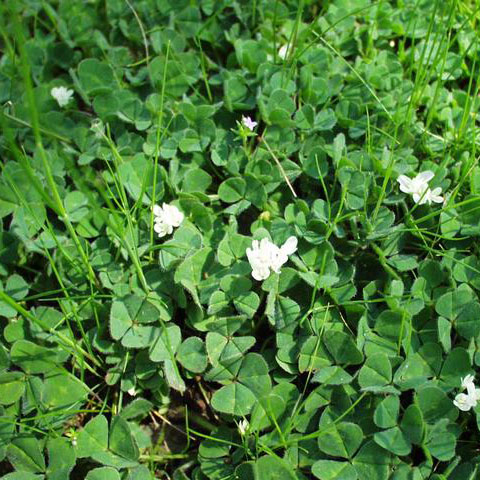
SQUARROSE CLOVER
(Trifolium squarrosum)
Annual, upright, tall, with a thin taproot and many branches.
This plant belongs to the autumn-spring cycle, adequately resistant to the cold as it can tolerate temperatures of -10°C at its rosette stage.
High in nutritional value but it contains less fat than Egyptian and Crimson Clovers.
Also excellent for hay.
Characteristics:
| Characteristics | Annual – Ability to combine with other plants |
|---|---|
| Climate Adaptability | Mediterranean, warm temperate |
| Climate Resistance | Cold, warm, humid |
| Soil Adaptability | Medium texture, heavy, clay calcareous |
| Areas of Cultivation | South: mountains and plains |
| Use | Green hay or silage |
| Seeding Dose | 30-40 Kg/Ha |
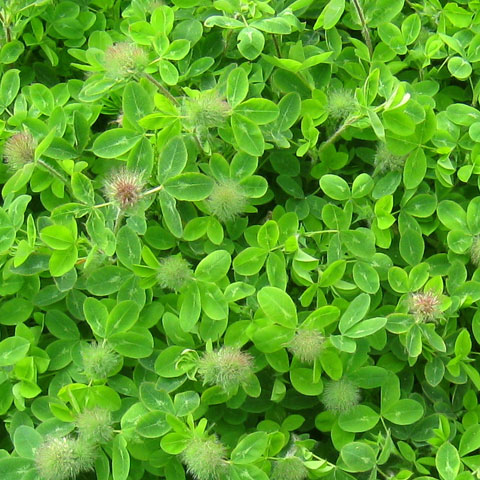
The clover is not very resistant to extremely low temperatures and it prefers clay soil; however, it adapts to all types of soil, as long as it is not waterlogged.
Once planted, the clover grows rapidly (2-15 days). The plant begins to sprout after about 48 hours.



